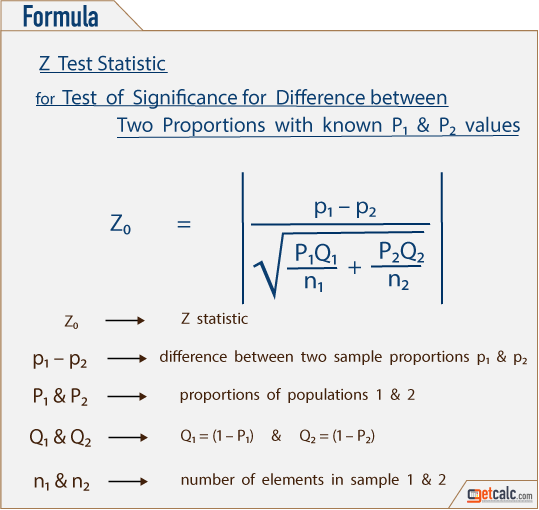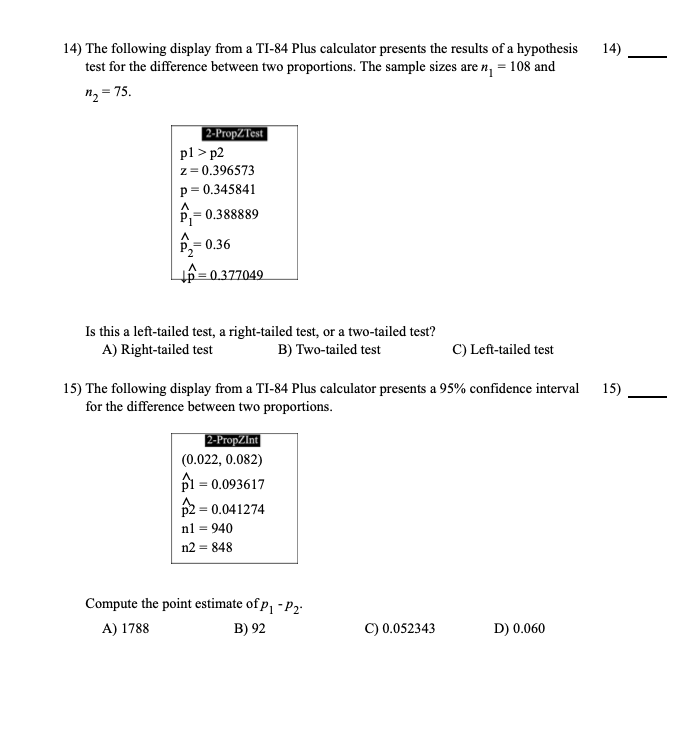

You have your randomĬondition, and it looks like we meet that because in both Testing our null hypothesis, seeing if we can reject or not, which would suggest our alternative, you have to look at yourĬonditions for inference. In this scenario, myopia would be becoming more common over time becauseĢ015 happens after 2000. Where our true proportion in 2015 is greater than the Hypothesis, remember, they are, they suspect it'sīecoming more common over time. The proportion of folks who have myopia in 2000. Of folks who have myopia in 2015 is equal to The proportion of folks who have myopia in 2015 and compare that to the proportion in 2000. Measuring more common over time is we could look at So that would be thatĬontrary to their suspicions, that myopia is not becoming more common. Hypothesis, this would be that the known news here. Off by setting our null and alternative hypothesis. Try to work through things on your own, but here I go. Inspired, I encourage you to pause the video and Suspicion that myopia is becoming more common over time. To see if we have evidence to suggest the researcher So what we're going to do in this video is do a hypothesis test A separate study fromĢ015 showed 228 cases in 600 randomly selected people. Showed 132 cases of myopia in 400 randomly selected people. The critical z can be calculated with the =NORM.S.INV function and the p-value with the =NORM.S.That researchers suspect that myopia, or nearsightedness, is becoming more common over time. The p-value means that there is approximately 7.11% chance that we would get at least as extreme a test statistic as the one we had at 0.42 assuming that the true proportion is 0.35. We get a p-value of 0.0711 which is greater than our 0.05 alpha which also leads to the conclusion of failing to reject H0. The test does not give evidence to support the alternative hypothesis and we therefore do not have ground to say that the population proportion is larger than 0.35.

Our z-score, or our sample statistics, is 1.4676 which is less this than the critical z if 1.96, so we fail to reject the null hypothesis. The z-score is calculated by subtracting the assumed proportion from the sample estimate divided by the standard error of the assumed proportion (the one under the null hypothesis): Also, we would usually work with larger sample sizes to work with proportions in the first place. Second step is to set the significance level (α): We will set it to 0.05, which means that there is a 5% risk that we will reject a correct null hypothesis:įor proportions we can calculate the standard deviation (σ) and we therefore apply the standard normal table. The alternative hypothesis states that the mean proportion is greater than 0.35 as we have had a sample proportion of 0.42. The null hypothesis will then state that the proportion is maximum 0.35 despite the new finding of 0.42. In our voting example, say we wish to test if the proportion mean is greater than the assumed 0.35. Our null hypothesis states that there is no change. Let’s test it proportion hypothesis testing:

Is this new finding of the 42% significant and can the proportion mean therefore be expected to be larger than the assumed 0.35? It is predicted that candidate C will get 35% of the votes, but running a sample survey of 100 voters, Candidate C becomes 42% of the predicted votes. I will use the following example to run through the procedure:Ī larger organization is due to elect a new board member. The procedure is for proportion hypothesis testing is the same as described in hypothesis testing: Procedure for proportion hypothesis testing

It tests new findings against the assumed proportion estimate.Proportion hypothesis testing is applied to test an assumption for a population proportion.


 0 kommentar(er)
0 kommentar(er)
